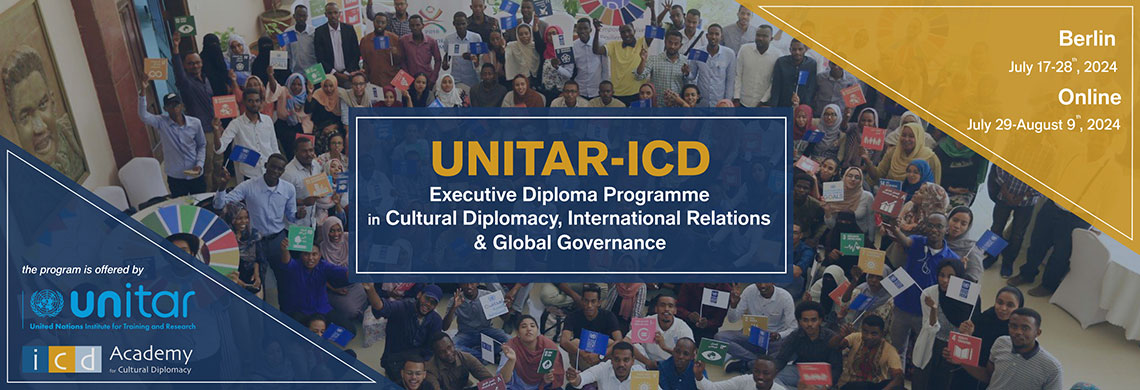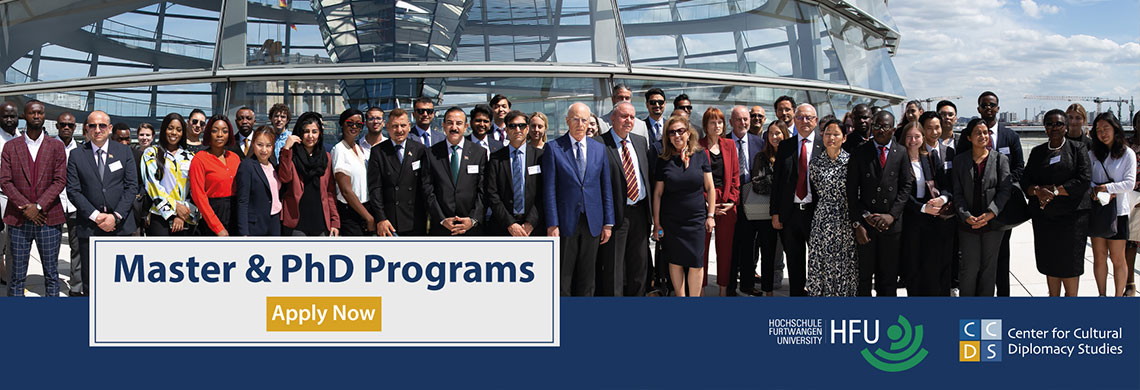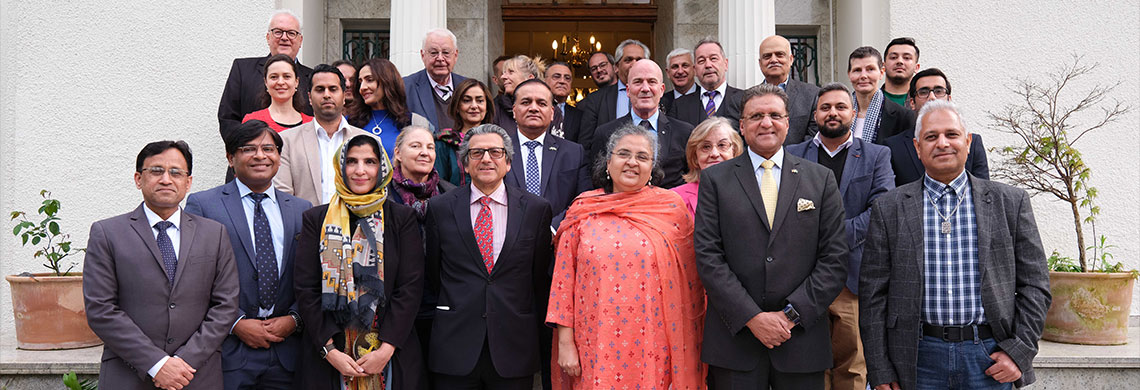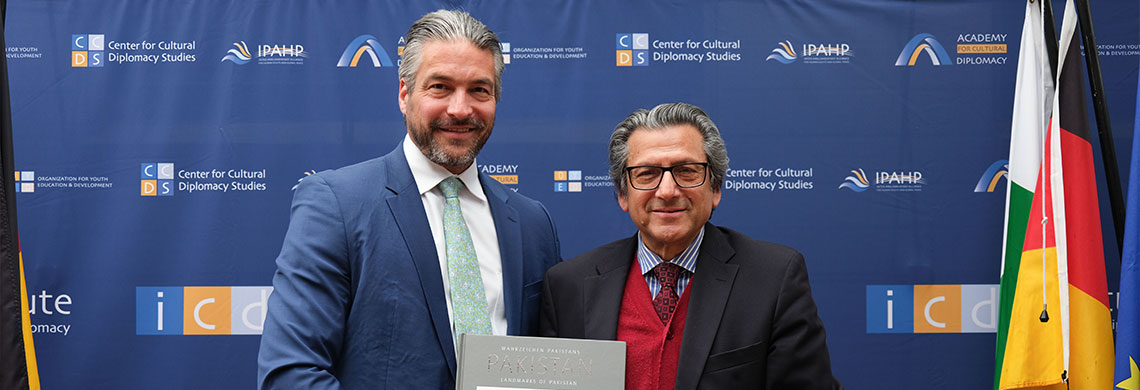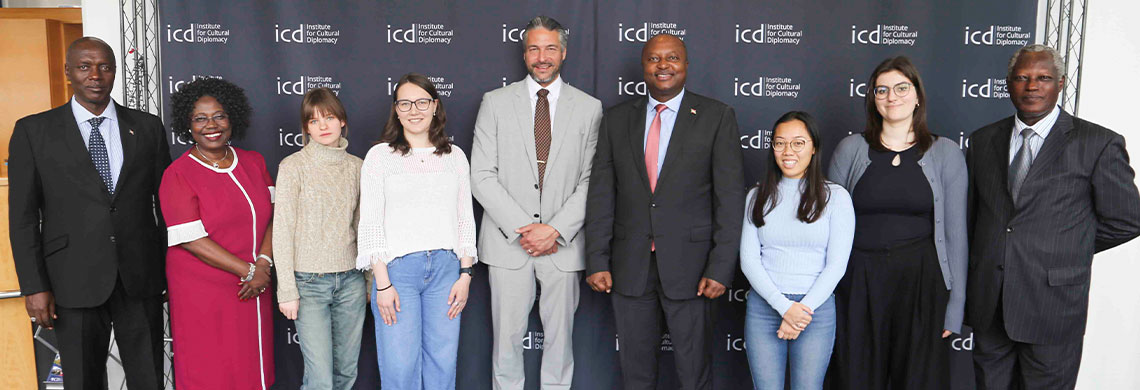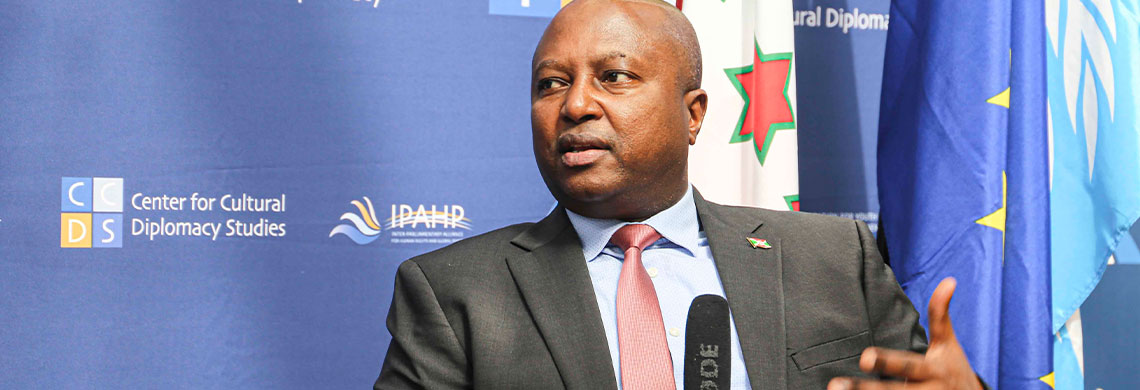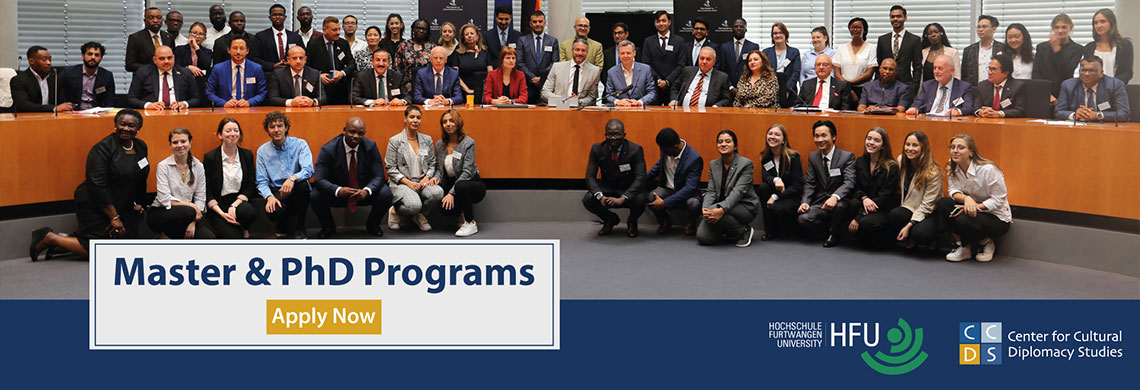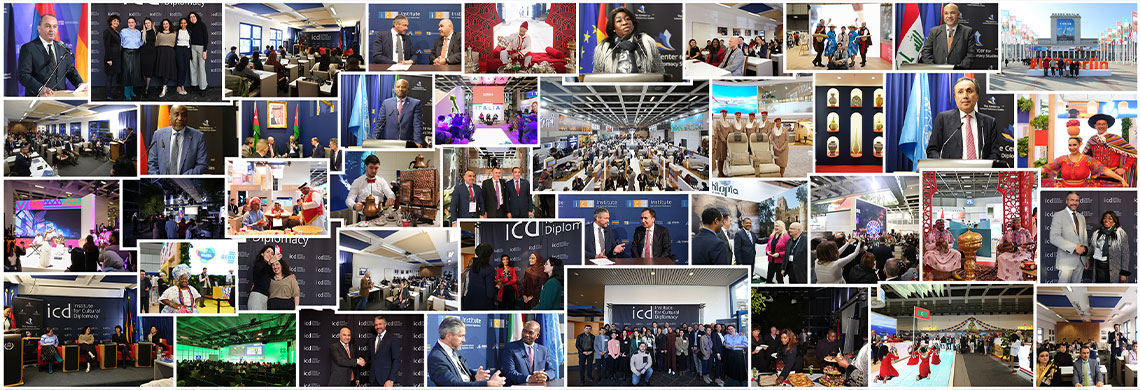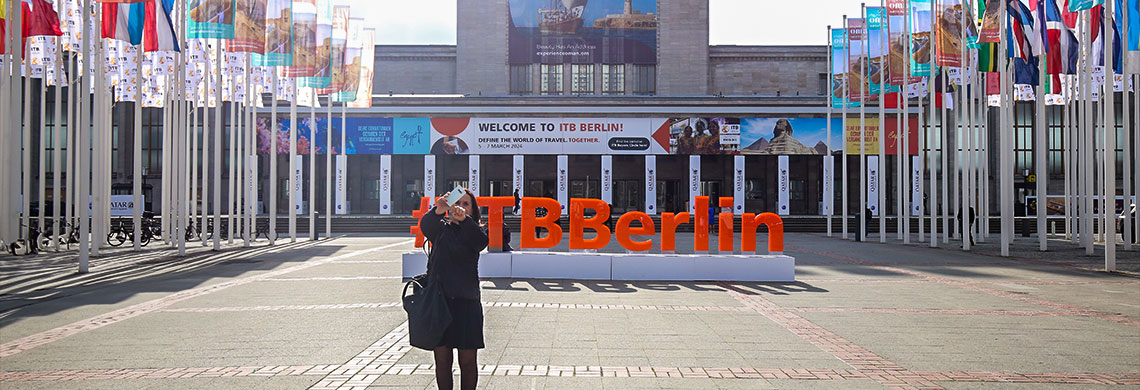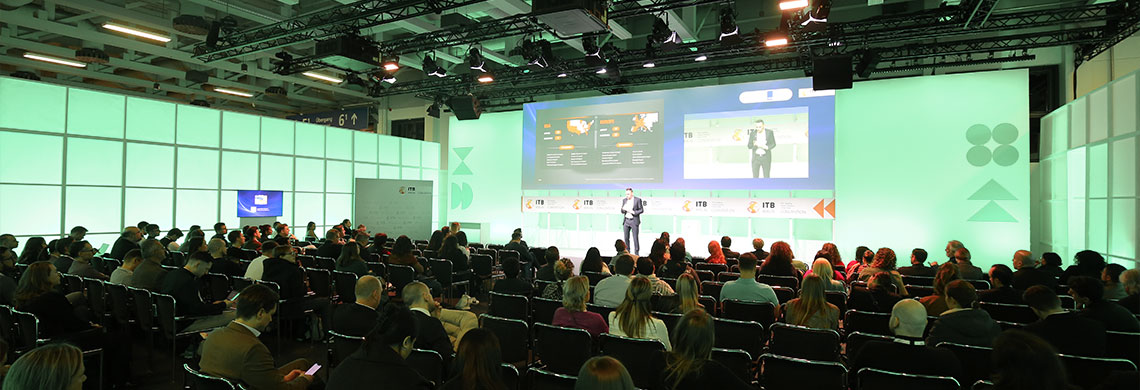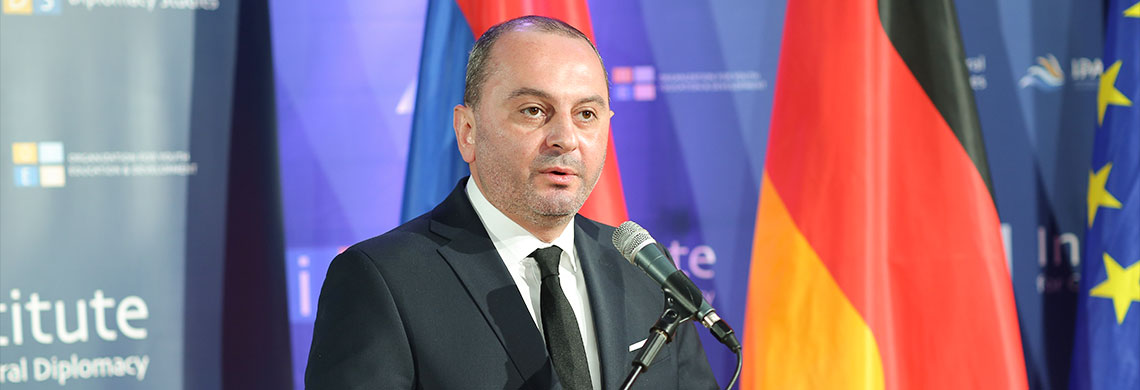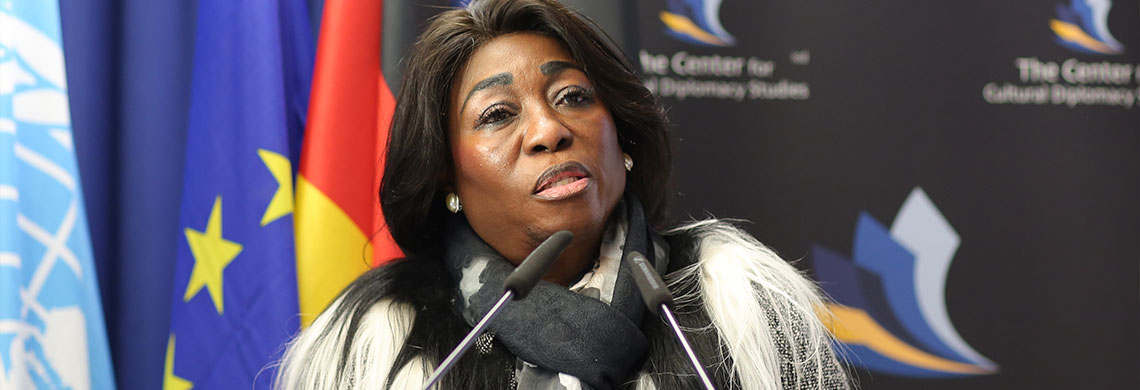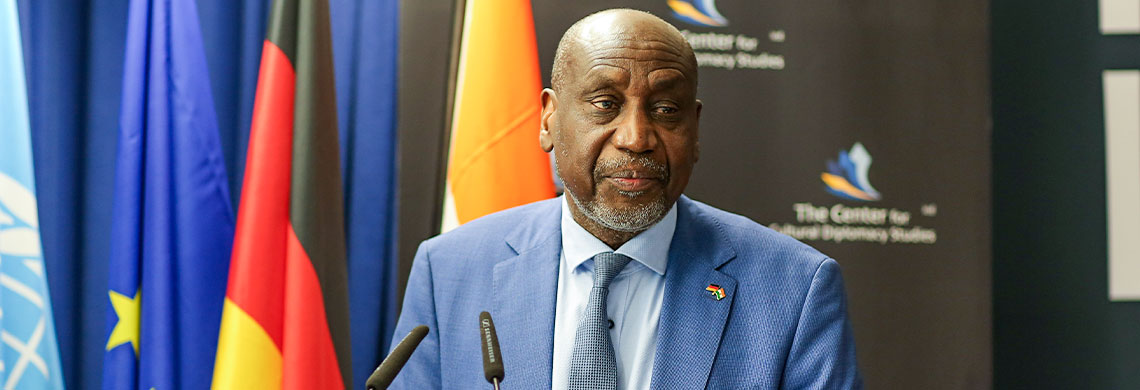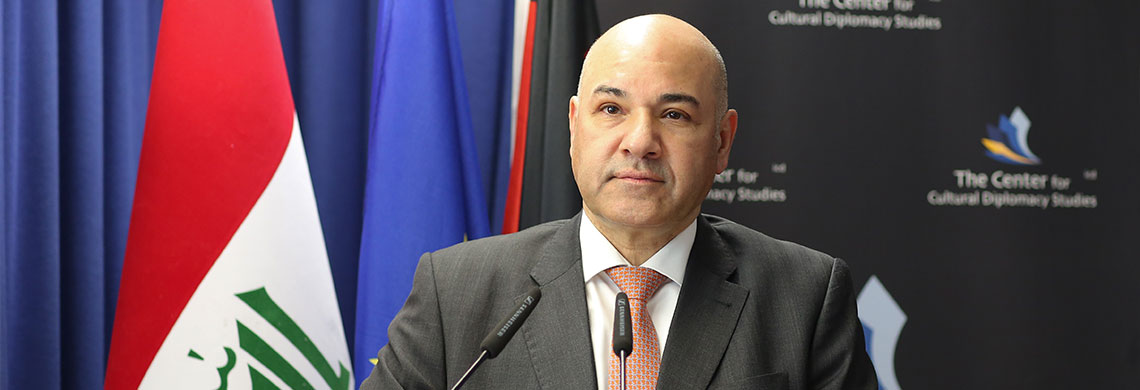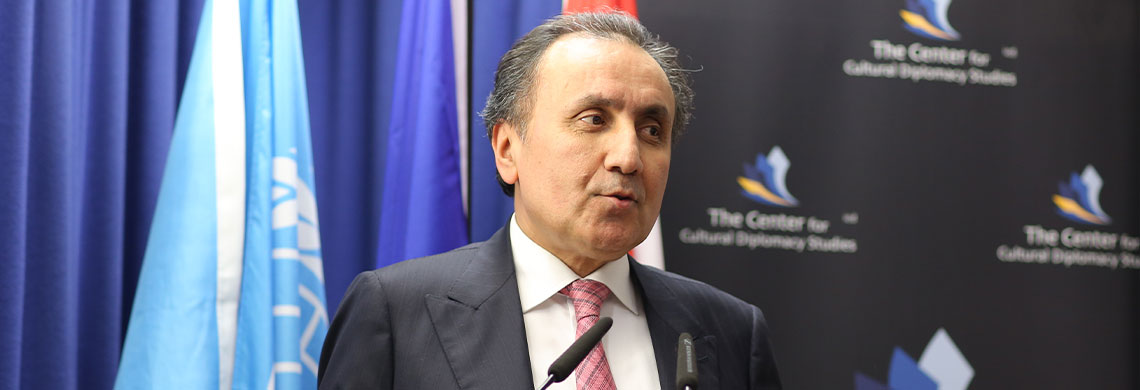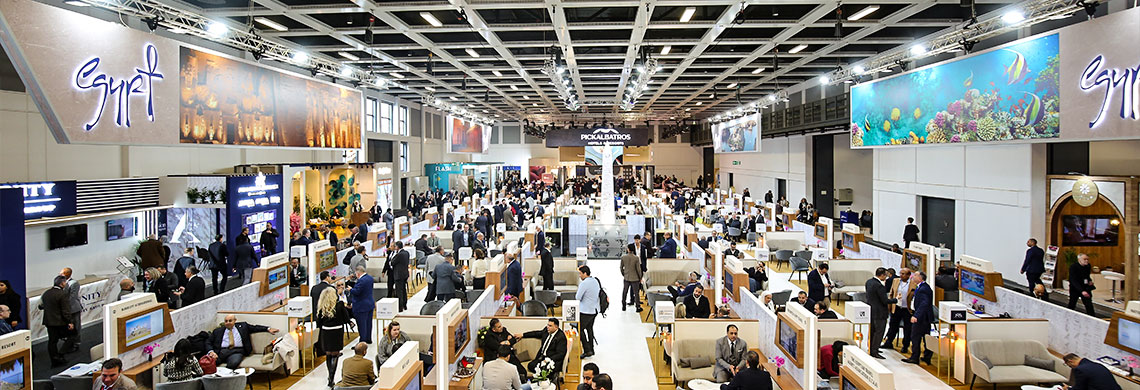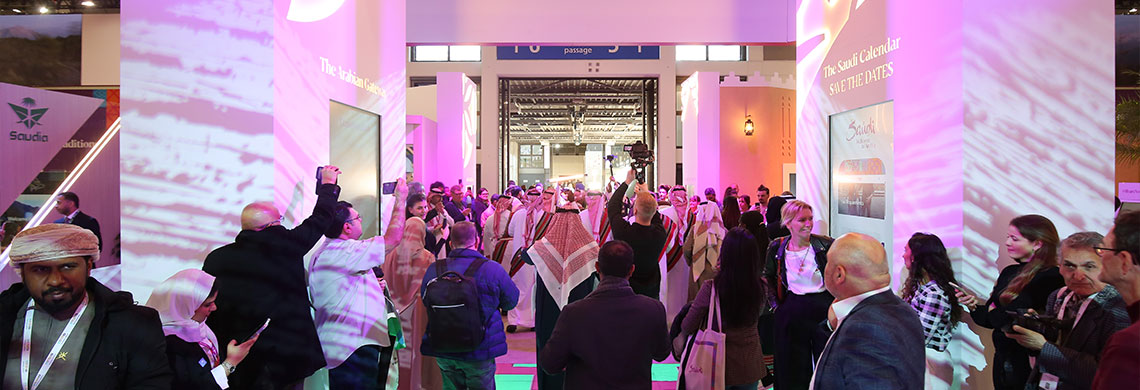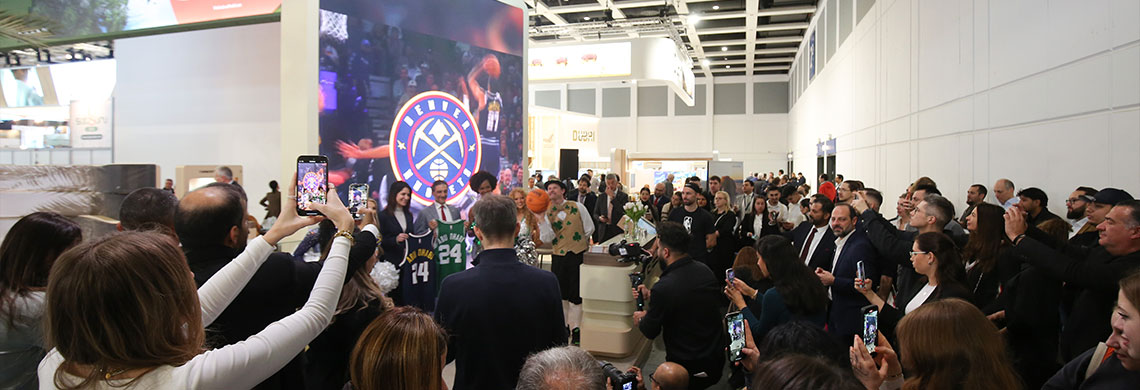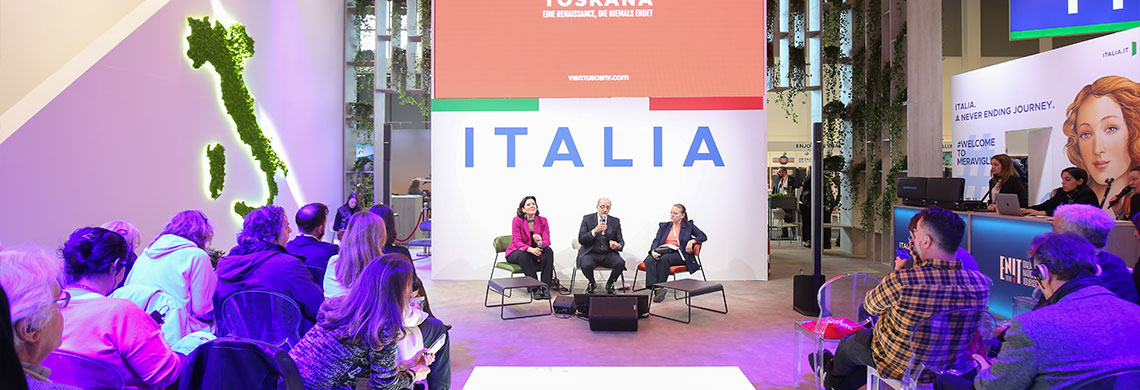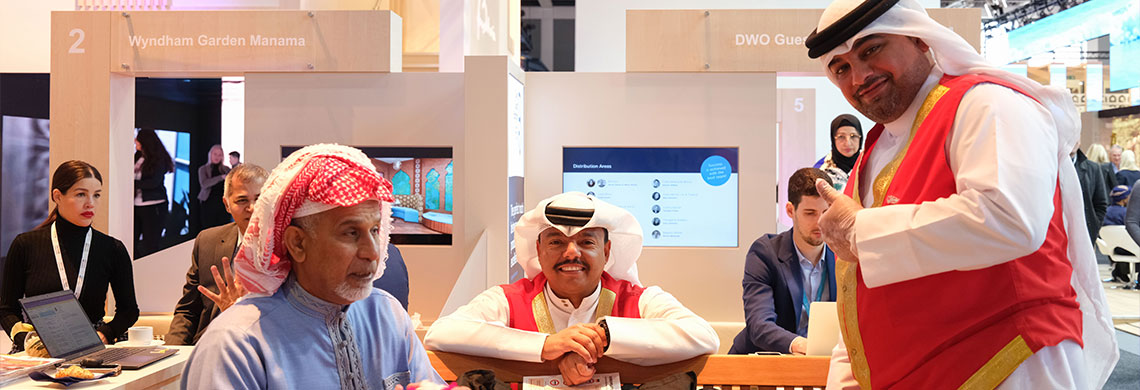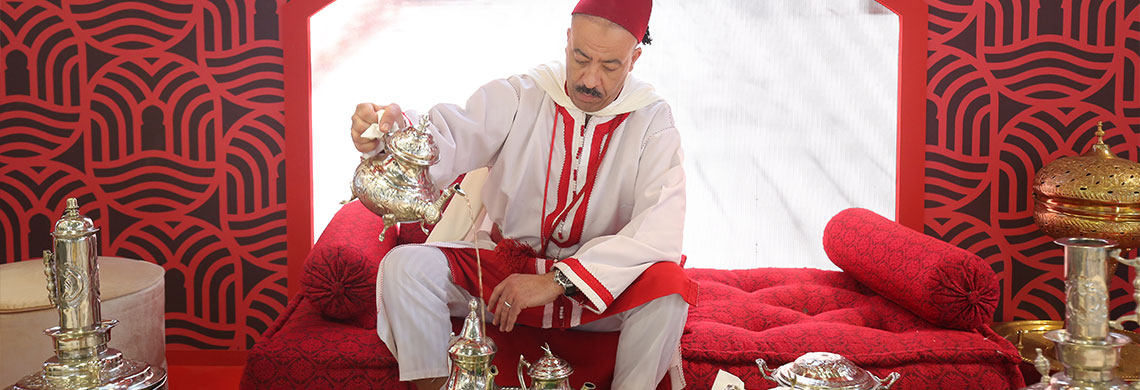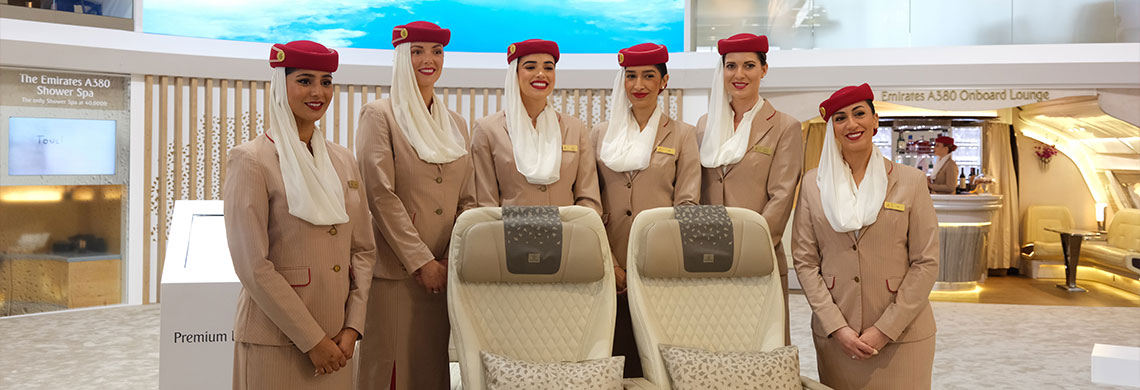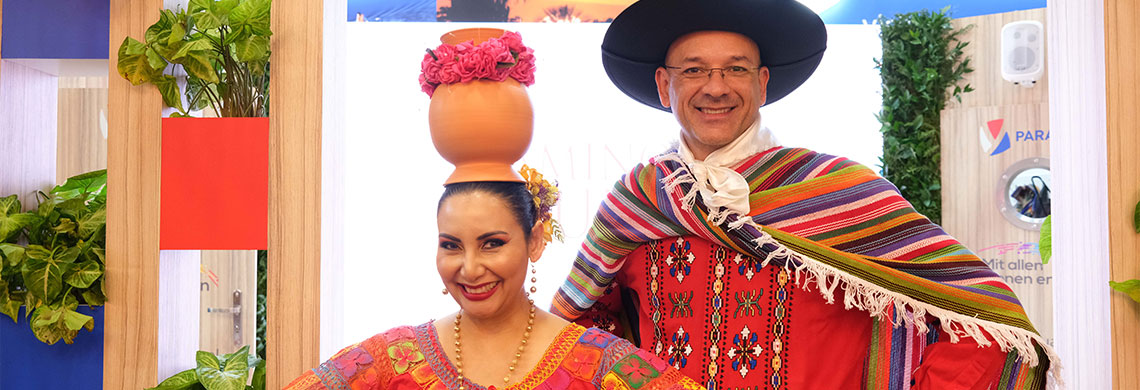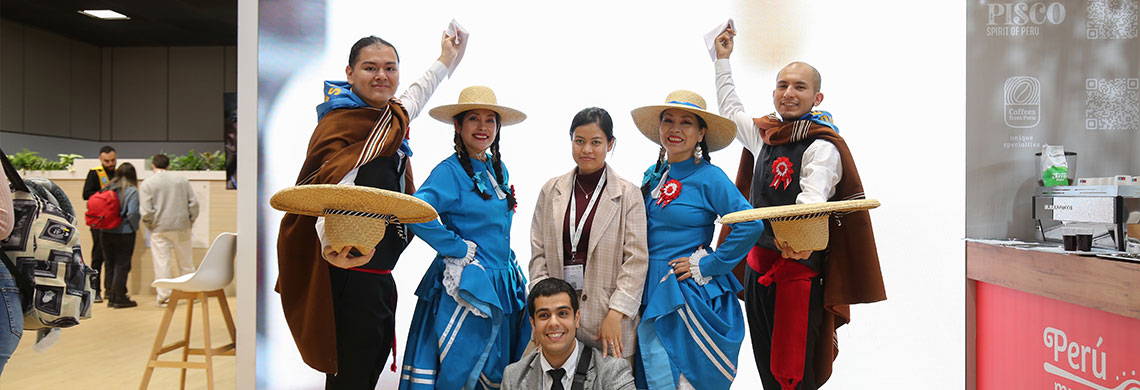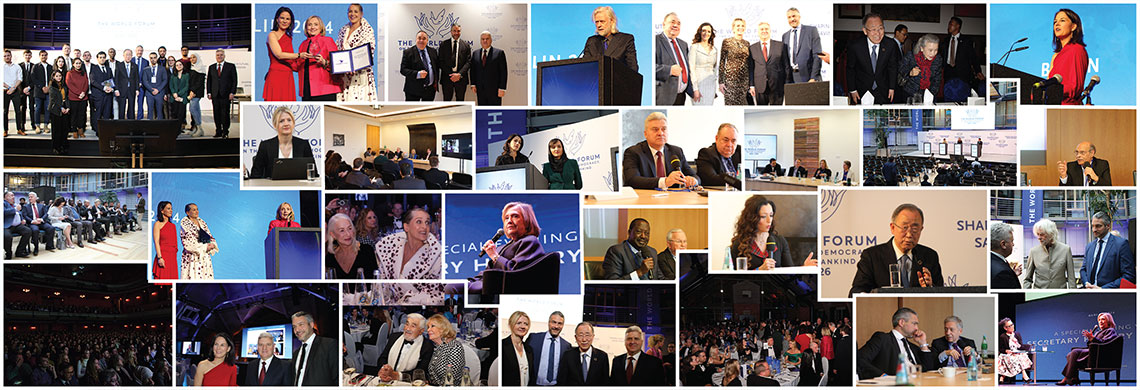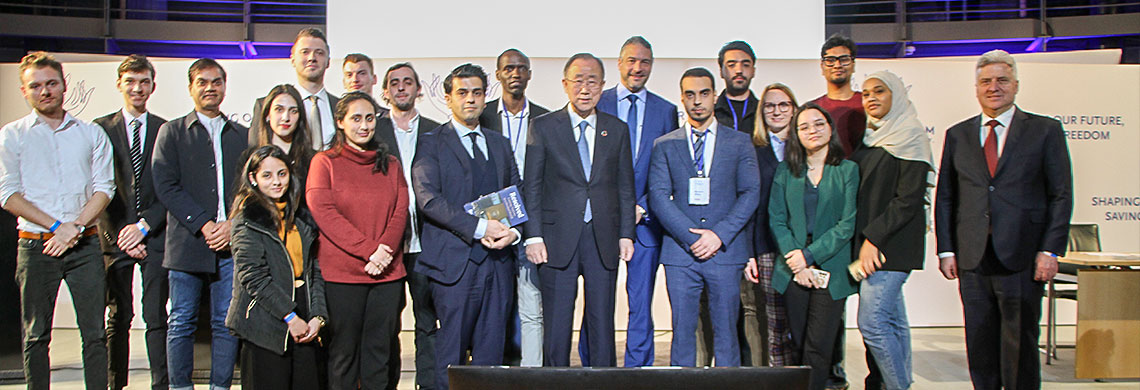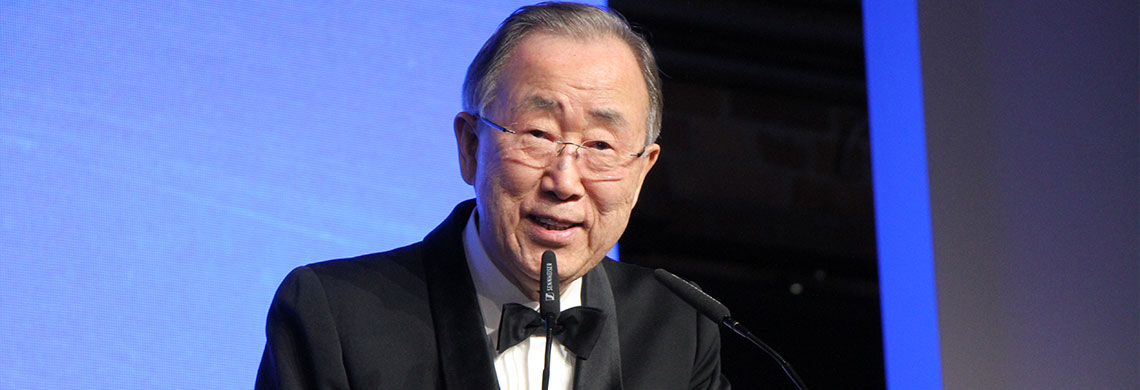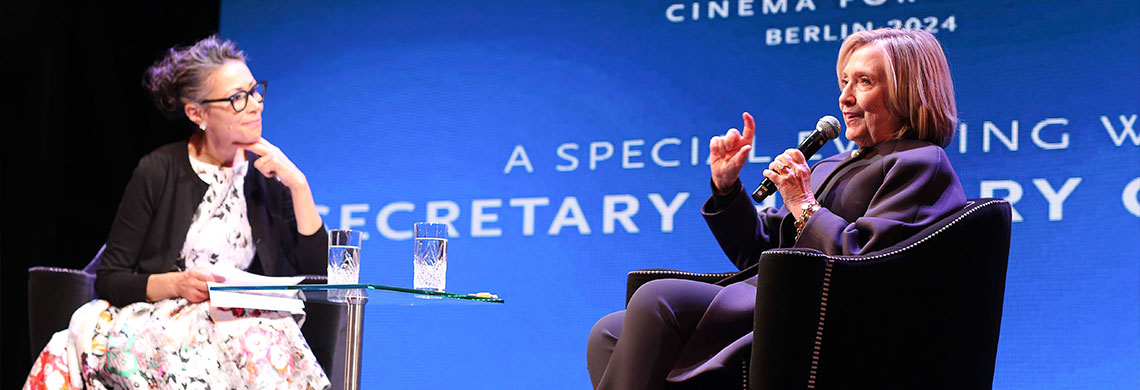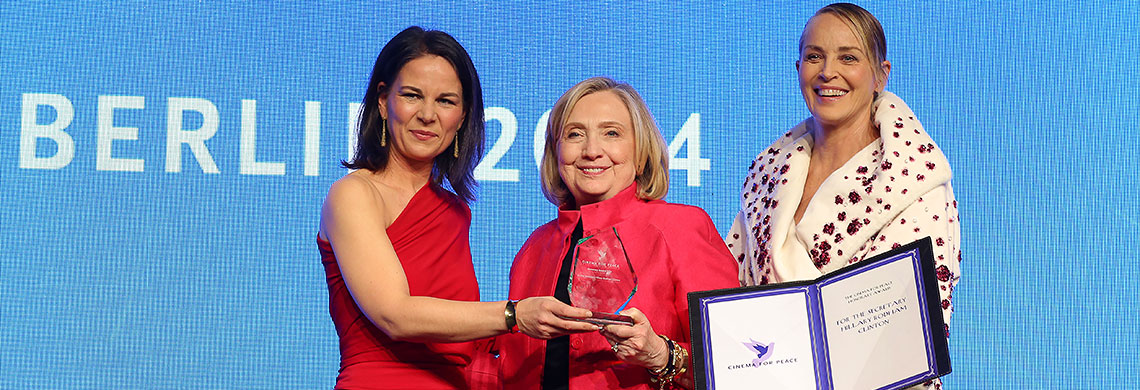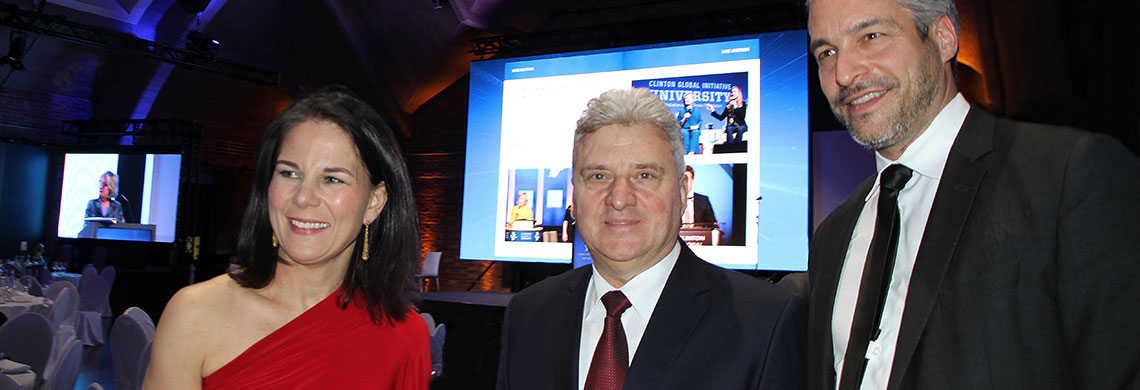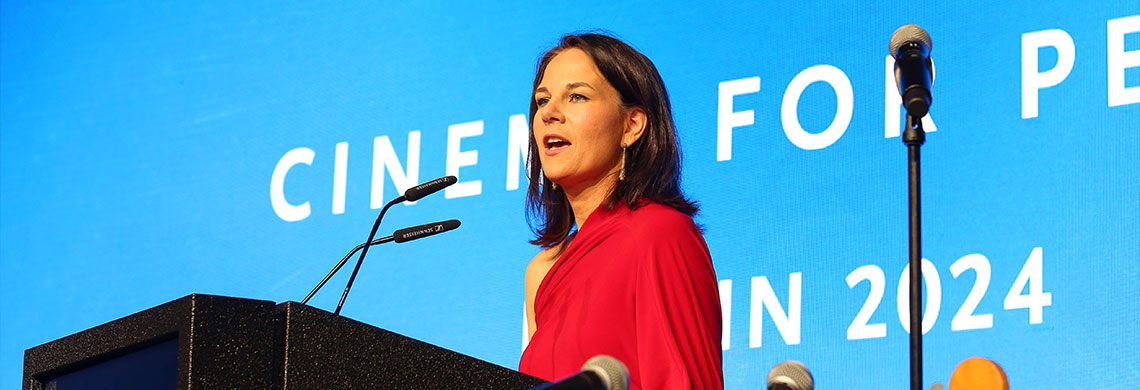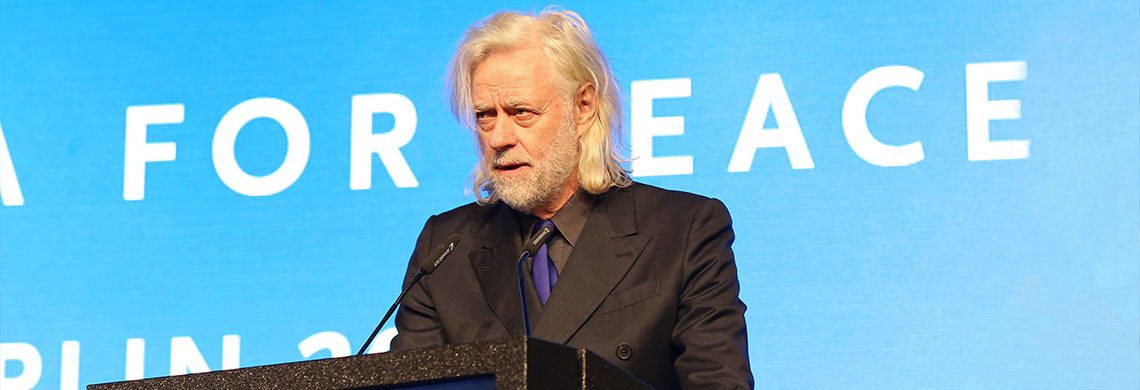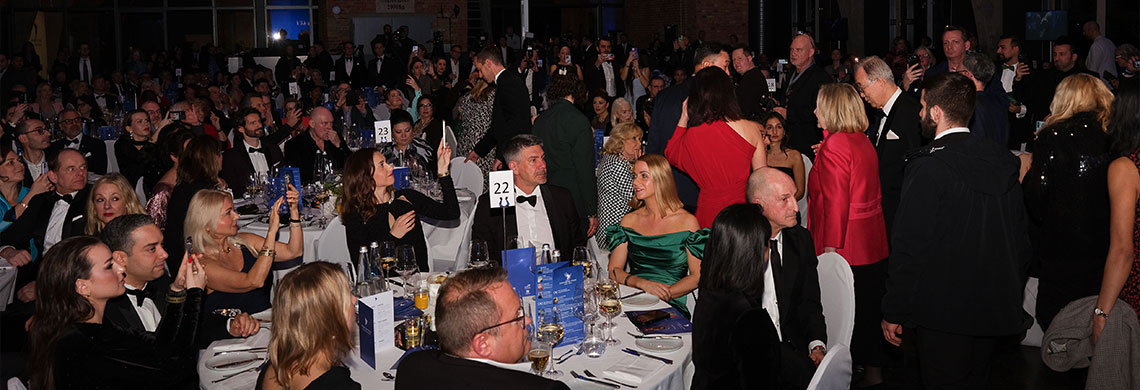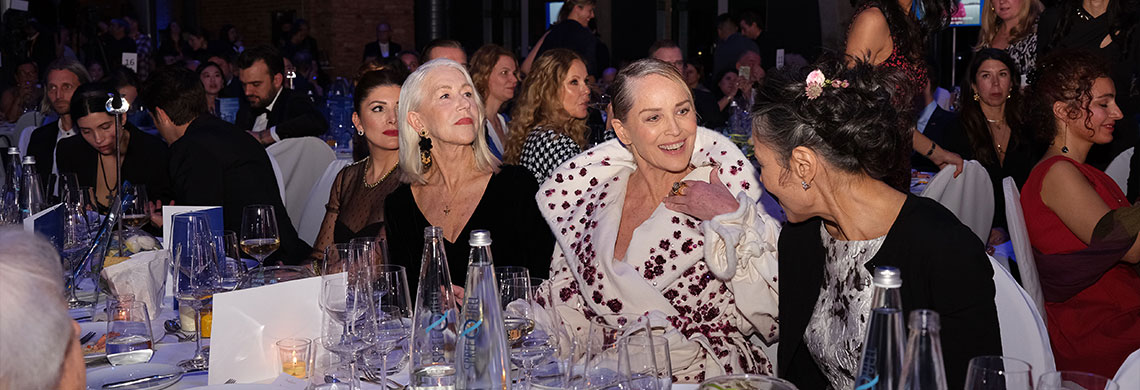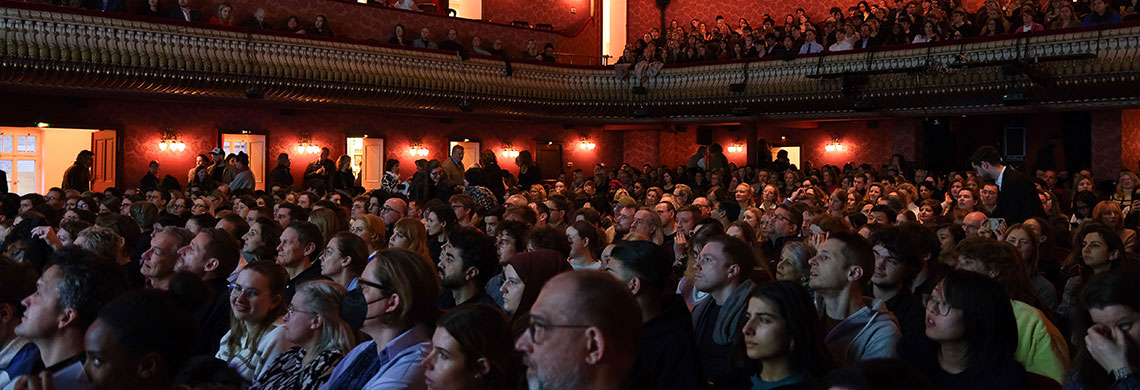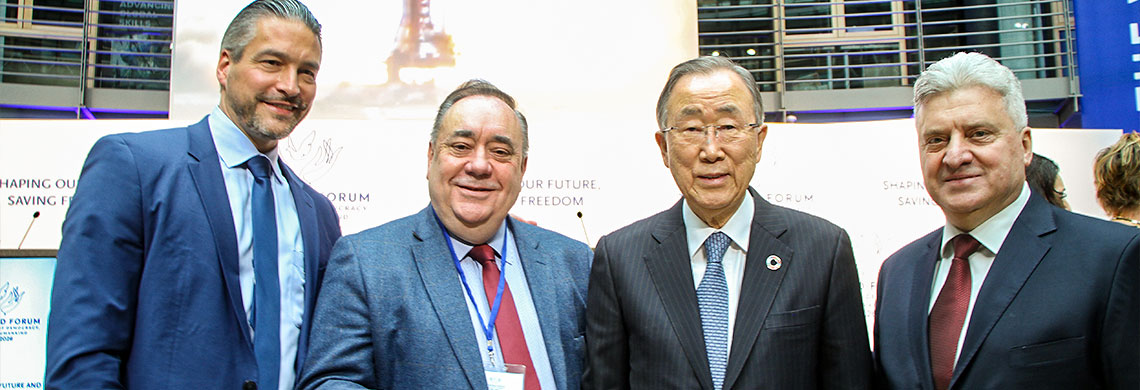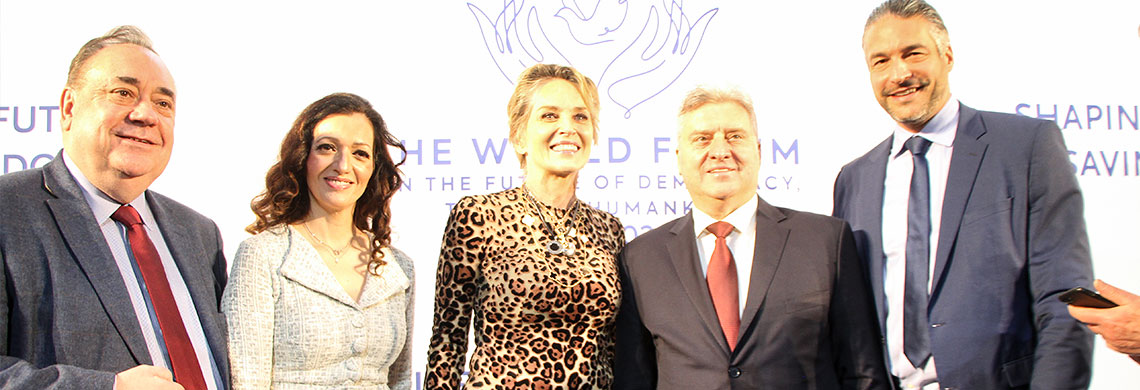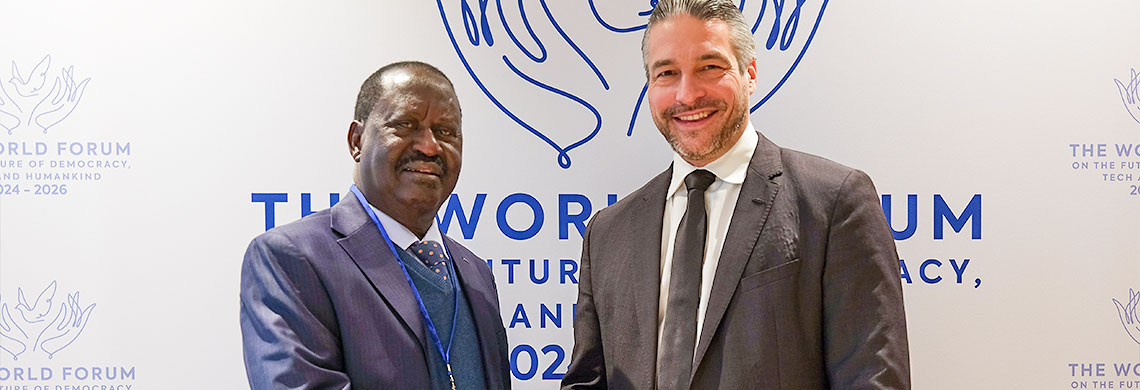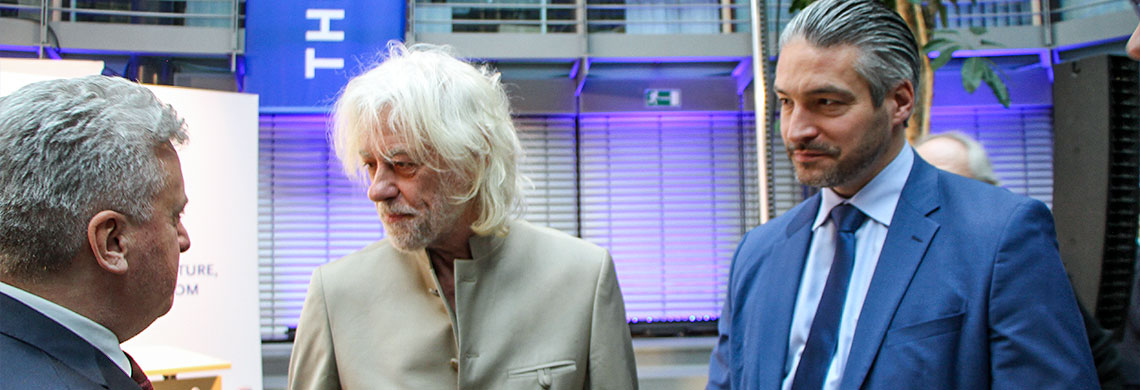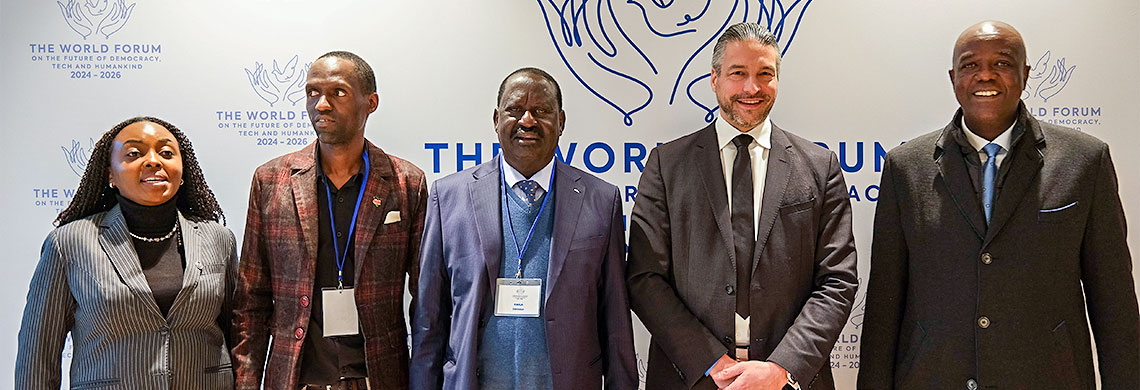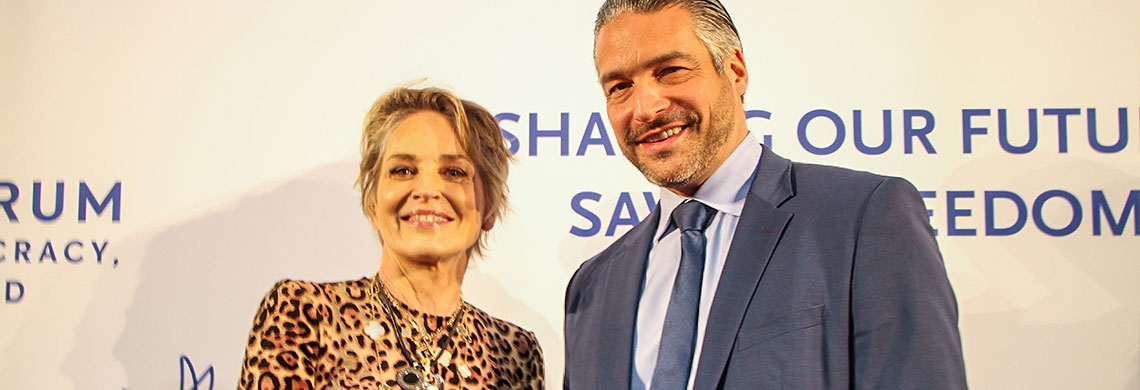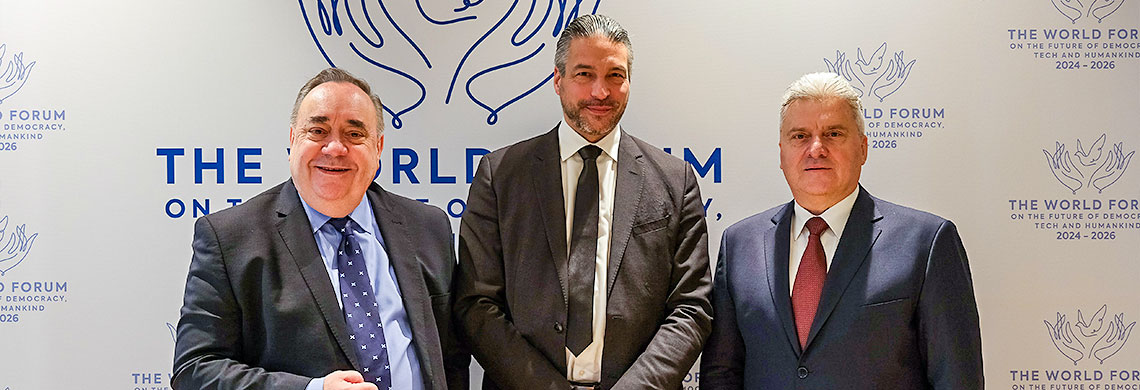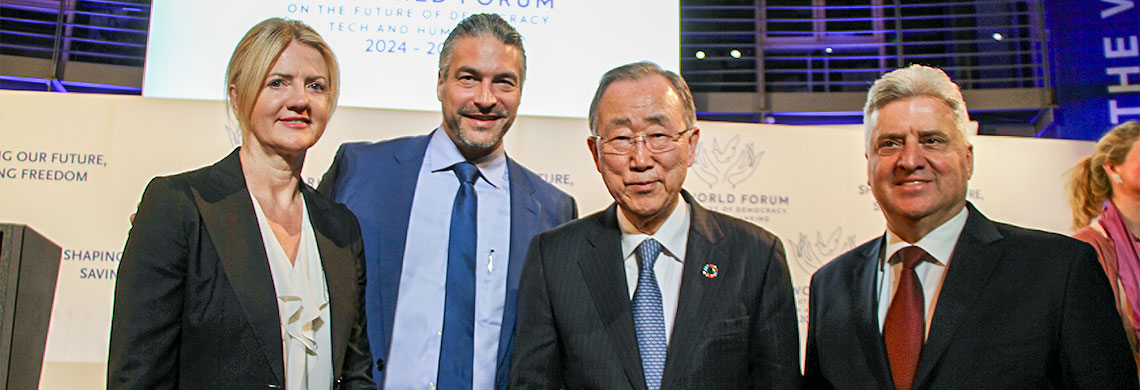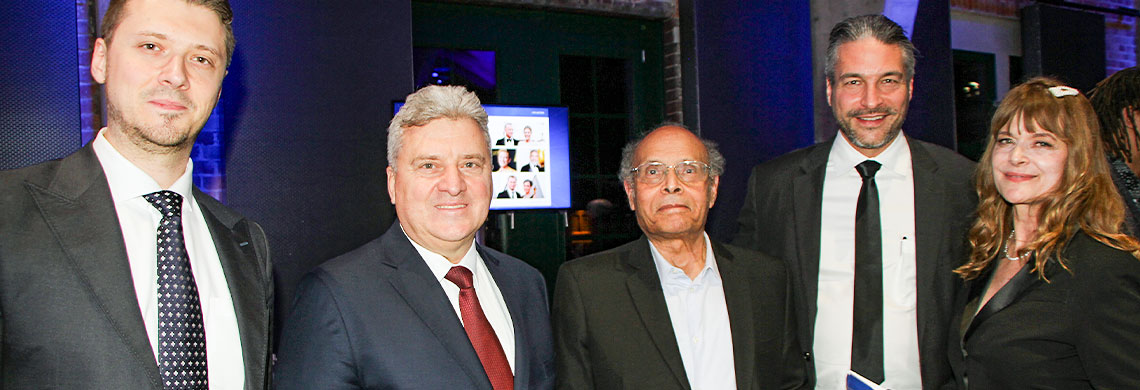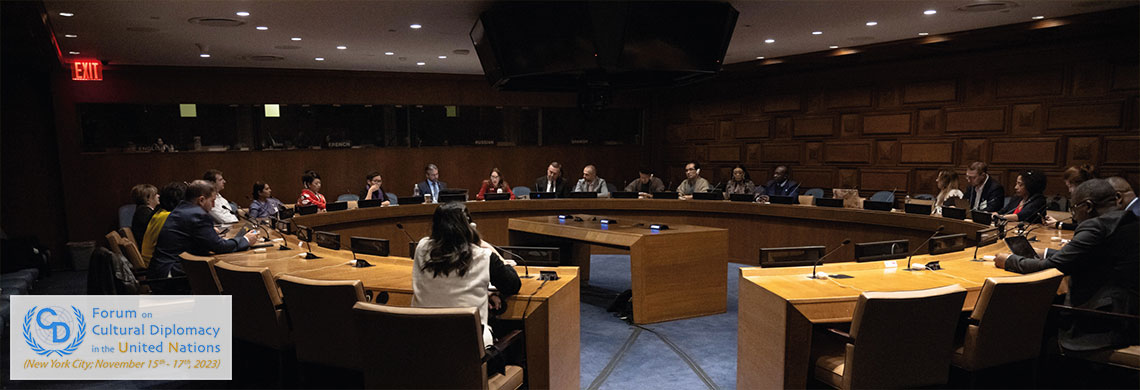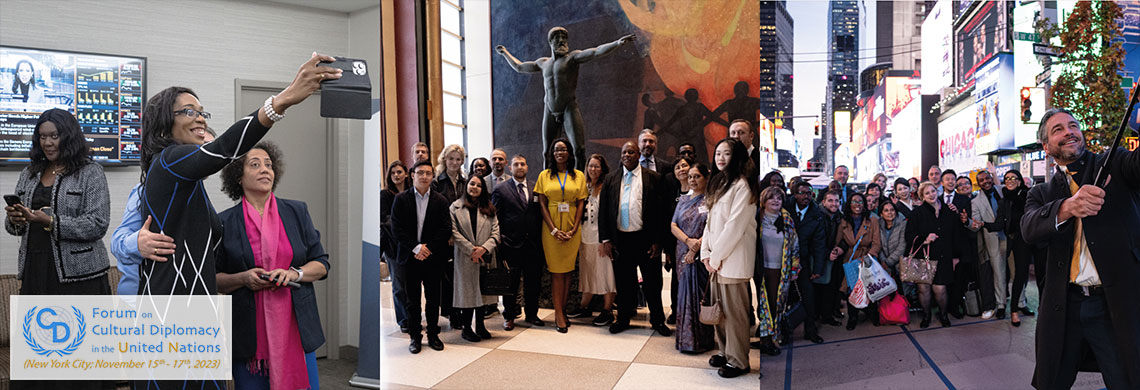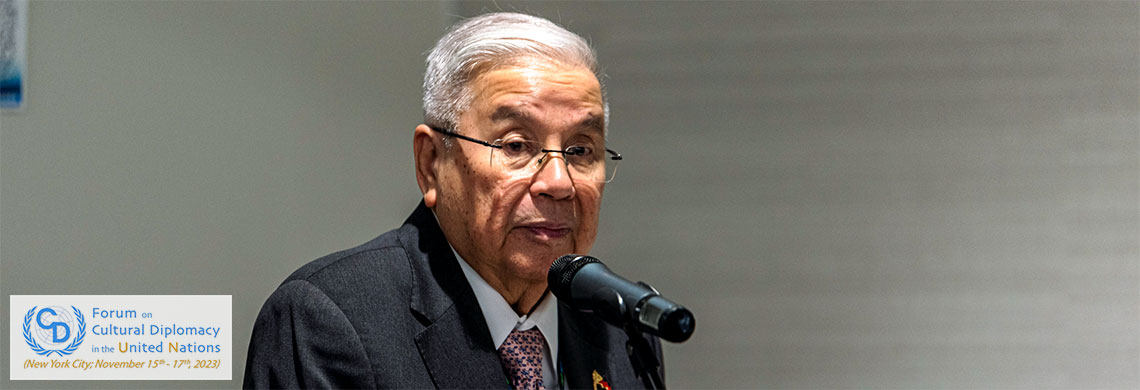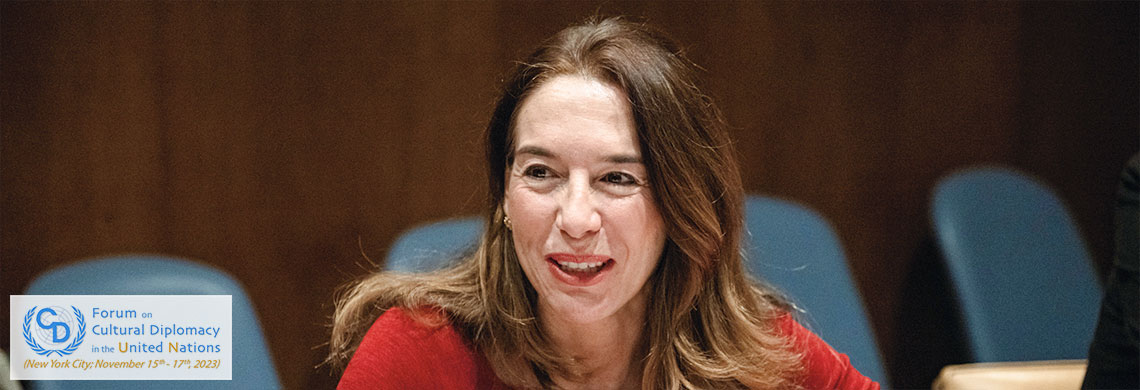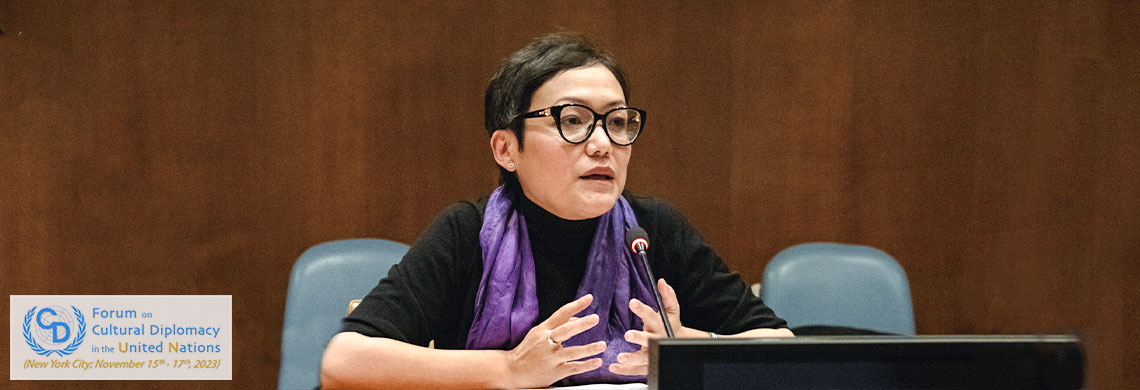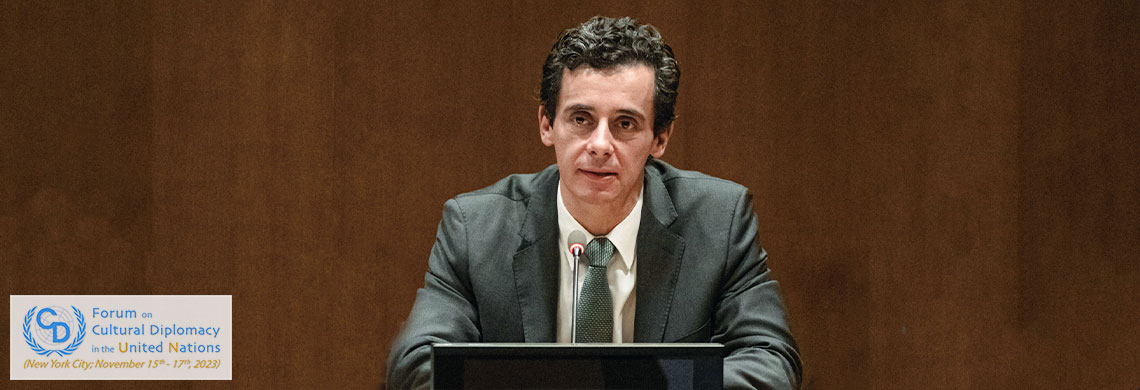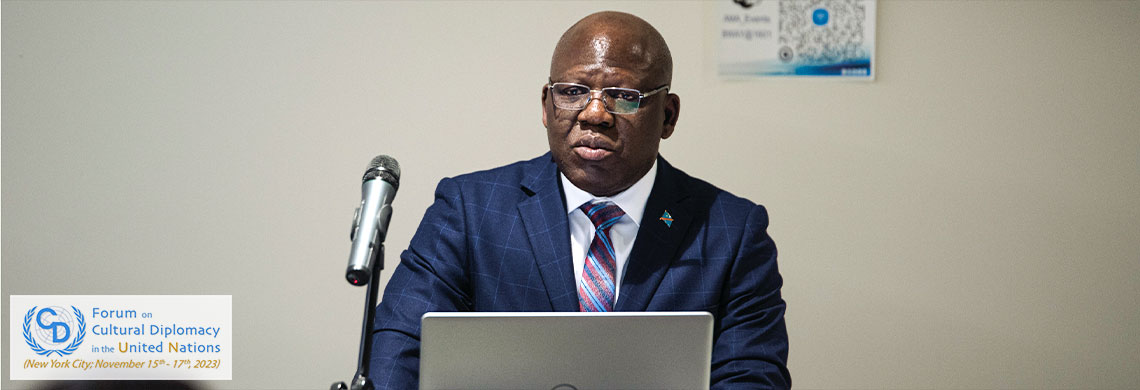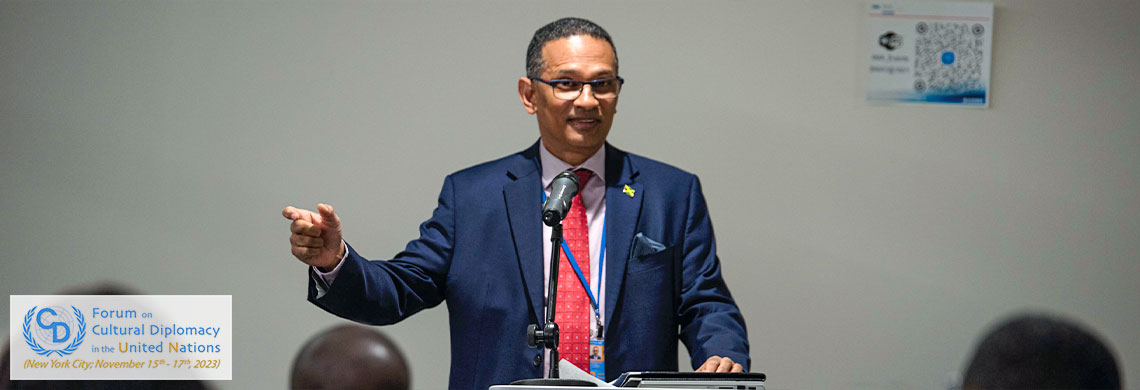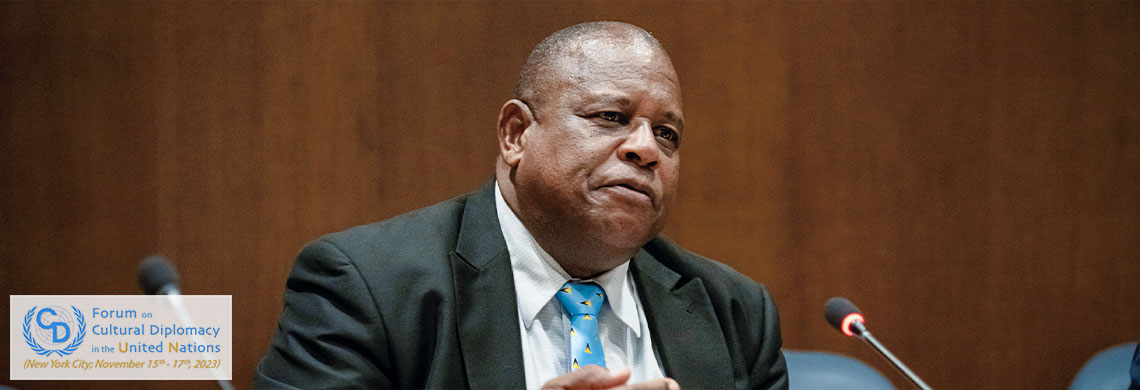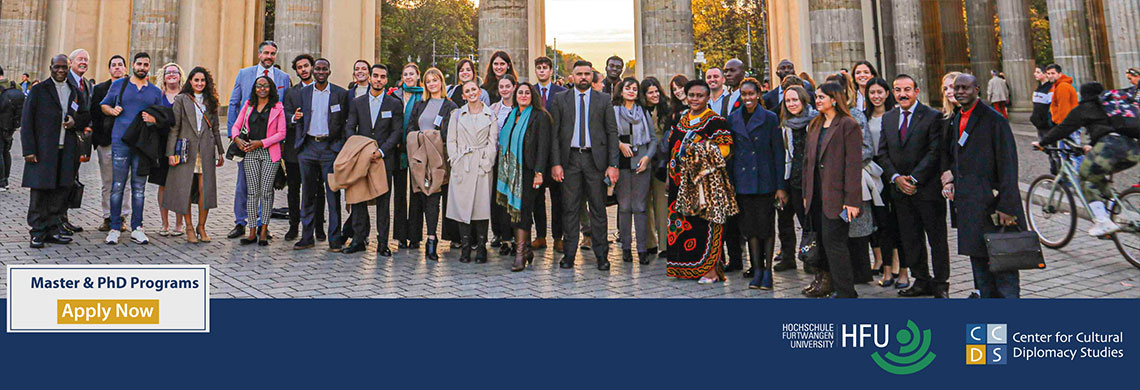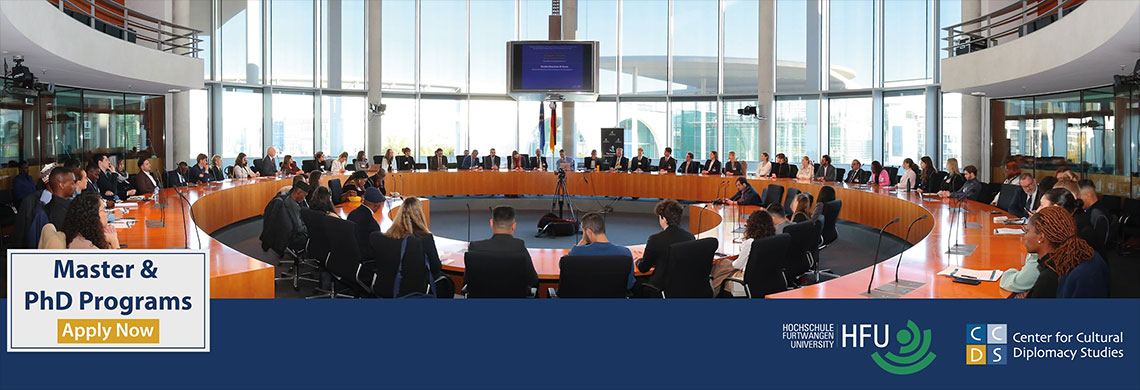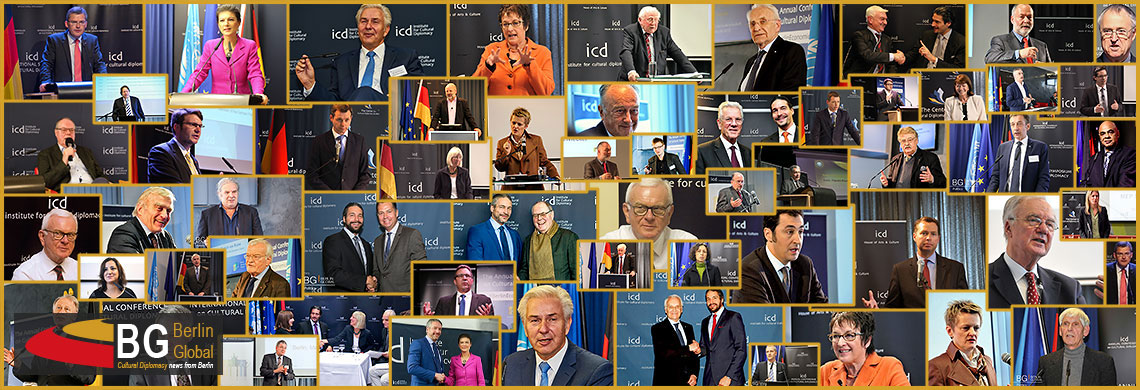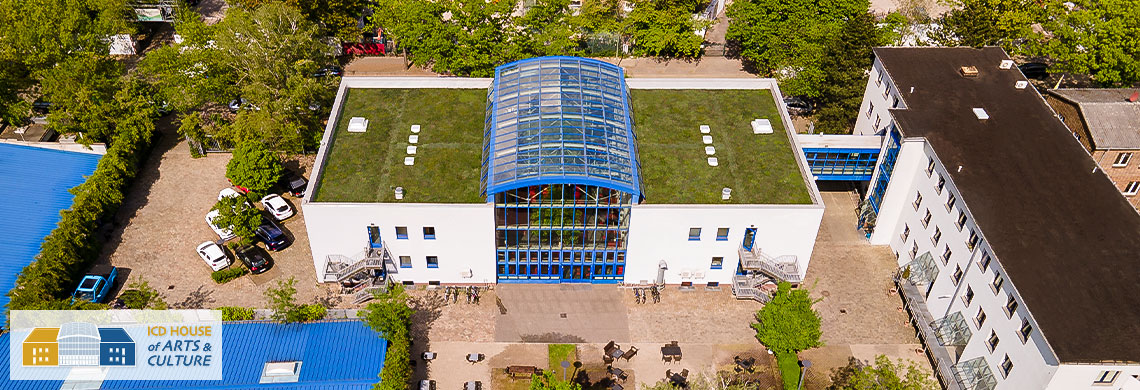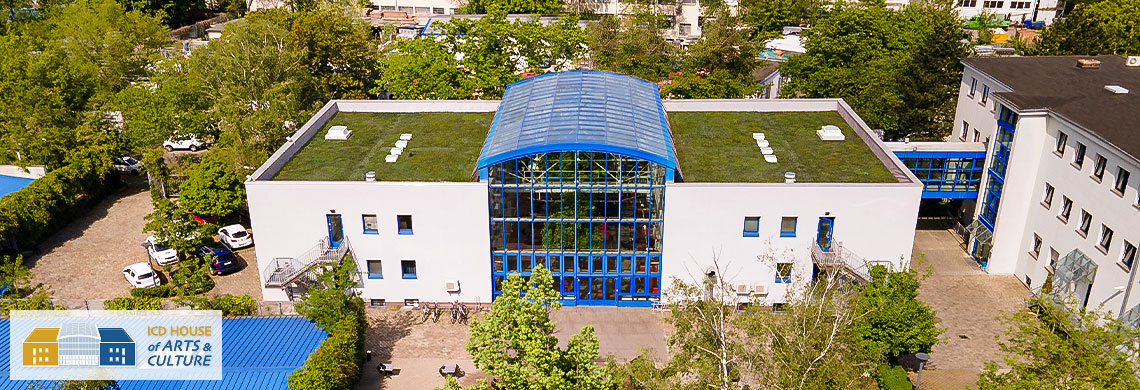Inter-Parliamentary Alliance for Human Rights & Global Peace
Syria Initiative

Syria's Forgotten Victim: its Cultural Heritage
"If the world were clear, art would not exist" (Albert Camus, The Myth of Sisyphus)
A Message by Francesco Rutelli
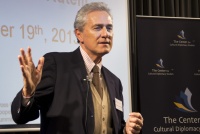
No. The victims of the Syrian conflict (well over a hundred thousand), the millions of refugees, the painstaking search for political and diplomatic solutions require the highest dedication of the international community. But why, we ask, does a thick layer of silence surround the appalling devastation and illicit trafficking that this inestimable World Heritage is subjected to?
You don't need to have visited Palmyra; the Ancient Cities of Damascus, Bosra and Aleppo; Crac des Chevaliers and Qal'at Salah El- Din; the 40 Ancient Villages of Northern Syria, all UNESCO World Heritage Sites that have been placed on the List of World Heritage in Danger. A basic understanding of Art and History is enough to appreciate the urgency of the situation, the scarring of a Country that hosted thousand-year-old civilizations.
Syria is the Land of the first alphabet, of city-states that were thriving more than three thousand years before Christ, of caravan stops that were the foundation of today's international commerce. The land of awe-inspiring monuments, the center of the Omayyade Empire, the heart of the schism between Sunni and Shia Muslims, the birthplace of three Roman emperors and seven Popes.
However, most people seem unaffected by the destruction of mosques, souqs, or sites where Aramaic (the language of Jesus) is still spoken. We oppose the so-called pragmatism that maintains a divergence between rescuing the human beings hurt by the conflict and protecting the cultural heritage; we must acknowledge the deadly offense to both values, and fight for them.
Watching the movie The Monuments Men, one is struck by the courage of those American soldiers who rescued part of the masterpieces seized by the Nazi regime, 70 years ago. We, as Italians, know many heroes that protected our cultural heritage through the centuries and we bear a special responsibility for the artistic and historic wealth we have inherited. And yet, what is happening today in Syria is overlooked by too many, even by the international organizations, whose reaction -up until now- has been too weak. With this Campaign, we encourage everyone to react, and to join us in action. Now.
The Campaign’s Main Objectives
“Art that makes life, makes interest makes importance… and I know of no substitute whatever for the force and beauty of its process.” (Henry James, Letter to H.G. Wells)
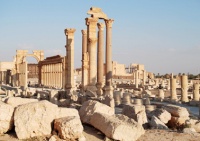
2. Support the existing international programs, such as the Agreement between UNESCO and the European Union (with a budget of just two and a half million euros, absolutely insufficient to cover the long list of urgent needs).
Also considering the February 2013 meeting in Amman concerning the illicit trafficking of Syrian heritage, and the August 2013 meeting in Paris (at the UNESCO headquarters) on Syrian emergency, some of our key priorities are: to secure, anywhere possible, the Heritage in Danger (in Syria there are more than ten thousand monuments, sites, archeological areas, museums, old cities); to increase the number of guards and to guarantee the payment of their salaries; to push for collaboration among technicians and experts, notwithstanding their political orientation in the conflict; to fight against clandestine digs and the illicit trafficking of stolen art with neighboring countries.
3. Engage in the restoration of Heritage damaged during the conflict. No peace, no coexistence, no chance of economic development and employment –all tightly linked to cultural tourism– may blossom on the ruins of a Country that has been destroyed and pillaged.
4. Set up a European exhibition: "Syria. Splendor and tragedy". Its first venue would be Rome. An outstanding International Scientific Committee is planning its content, aiming at gathering a number of Syrian masterpieces, illustrating through video and photography both marvels and destructions. President of the Scientific Committee is Professor Paolo Matthiae, dean of international archaeologists working in Syria, and celebrated discoverer of the city of Ebla. Other Committee members are curators of major European museums and scholars in Middle-Eastern, Classic and Islamic Archaeology such as: Eugenio La Rocca (La Sapienza, Rome), Frances Pinnock ( La Sapienza, Rome), Stefano Tortorella (La Sapienza, Rome), Cristina Tonghini (Ca' Foscari, Venice), Pascal Butterlin (Sorbonne, Paris), Hartmut Kuehne (Freie Universitaet, Berlin), Karin Bartl (Deutches Institute, Amman, Beirut, Damasco).
Awarding the brave
Who Fight to Preserve Syria’s Cultural Civilization


